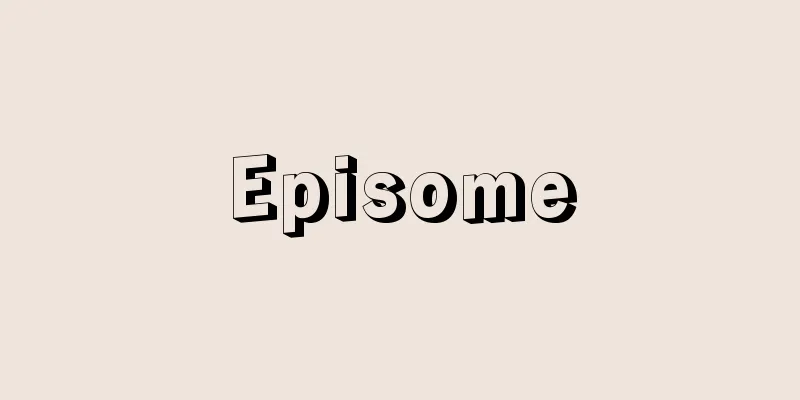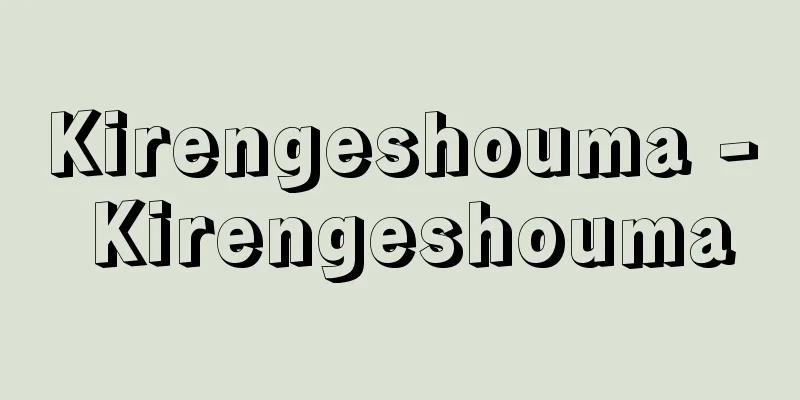Episome

|
A genetic element that is not essential for the host cell, and can replicate autonomously by using its own replicator when left free within the cell (autonomous state), or can replicate when integrated into the host cell chromosome (integrate state). This parasitic element was proposed and defined by F. Jacob and F. Wollman in 1958. Examples include lysogenic phages such as λ phage, colicin factors, multidrug resistance factors (R factors), and sex determining factors (F factors). Source: Morikita Publishing "Chemical Dictionary (2nd Edition)" Information about the Chemical Dictionary 2nd Edition |
|
遺伝要素で,宿主細胞にとっては必須の因子ではなく,細胞内で遊離されたままの状態で,それ自体のレプリケーターをはたらかせて自律的に増殖が可能である(autonomous state)とともに,宿主細胞の染色体上に組み込まれた状態でも増殖する(intergrate state)ことができるものをいう.この寄生因子は,1958年,F. JacobおよびF. Wollmanによって提唱され,定義された.その例として,λファージのような溶原ファージやコリシン因子,多剤耐性因子(R因子),性決定因子(F因子)などがある. 出典 森北出版「化学辞典(第2版)」化学辞典 第2版について 情報 |
Recommend
Platform balance - Daibakari
A scale with a wide platform on top of a combinat...
Training machine - training machine
〘 noun 〙 An airplane used for training in flying, ...
Indirect Policy - Kibi Production
China's traditional policy of governing other...
Bancroft, Edgar Addison
Year of death: July 28, 1925 Born: 1857.11.20 Amer...
Mechanical pencil - Sharp Penshiru
A writing instrument with a replaceable lead, in ...
Santa Claus (English spelling)
Also spelled Santa Klaus. The name comes from Nich...
apapane
... Hawaiian honeycreepers prefer tropical rainfo...
Lunar theory
This is a branch of celestial mechanics that deals...
Petion, AS (English spelling) PetionAS
…In 1801, the constitution was established and he...
dress rehearsal
...The custom of calling this a génépro comes fro...
Great Blue Shark
…It is said that it was named after the bird, the...
World Exposition - Bangkok Expo
It is an exposition held on an international scal...
gigot
…The sleeves of the Renaissance outer garments, t...
Umebori-Kokuga
Year of death: 1821.9.28 (September 3, 1821) Year ...
Azande - Azande (English spelling)
A Sudanese-speaking ethnic group living in Centra...









